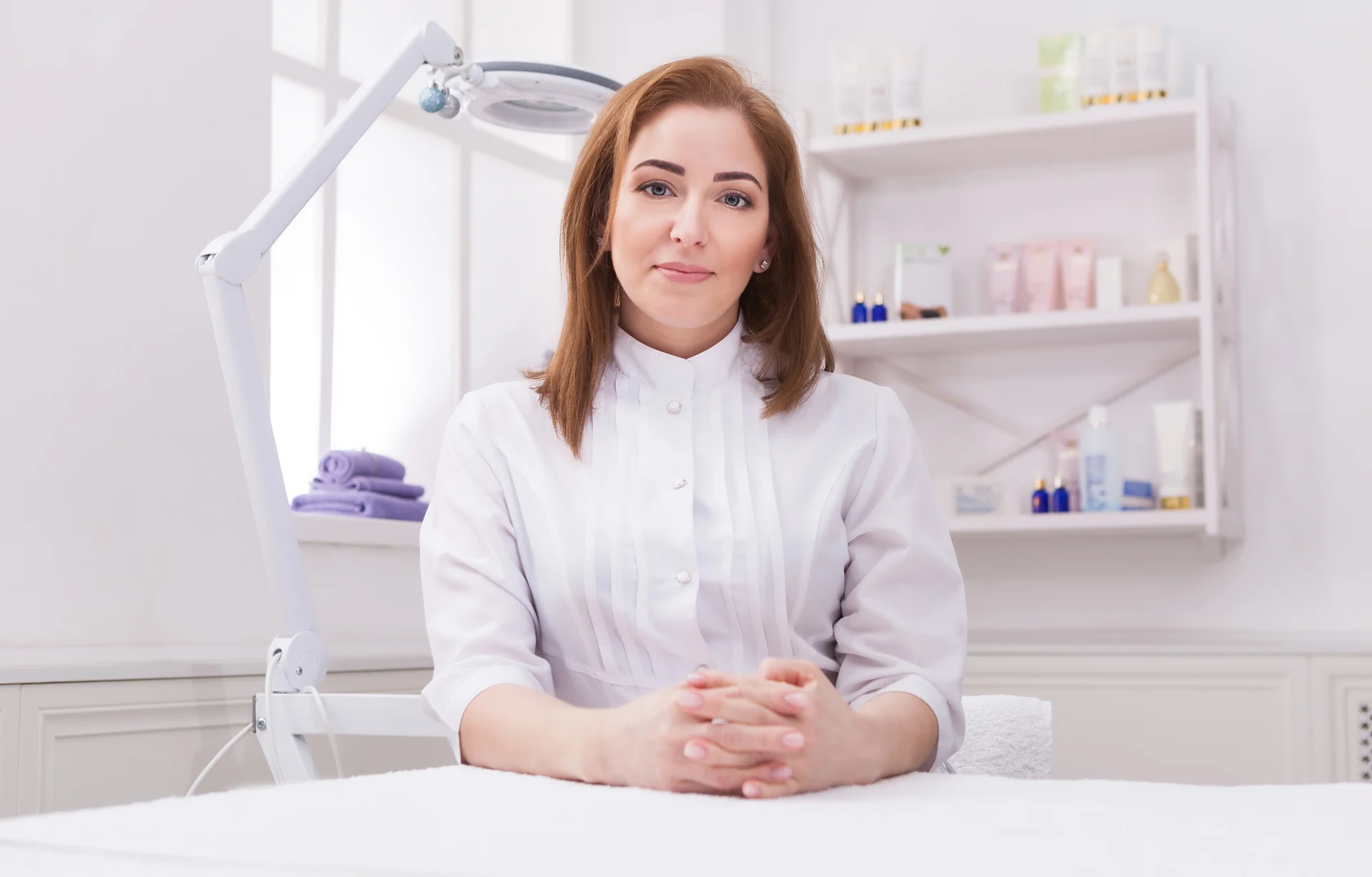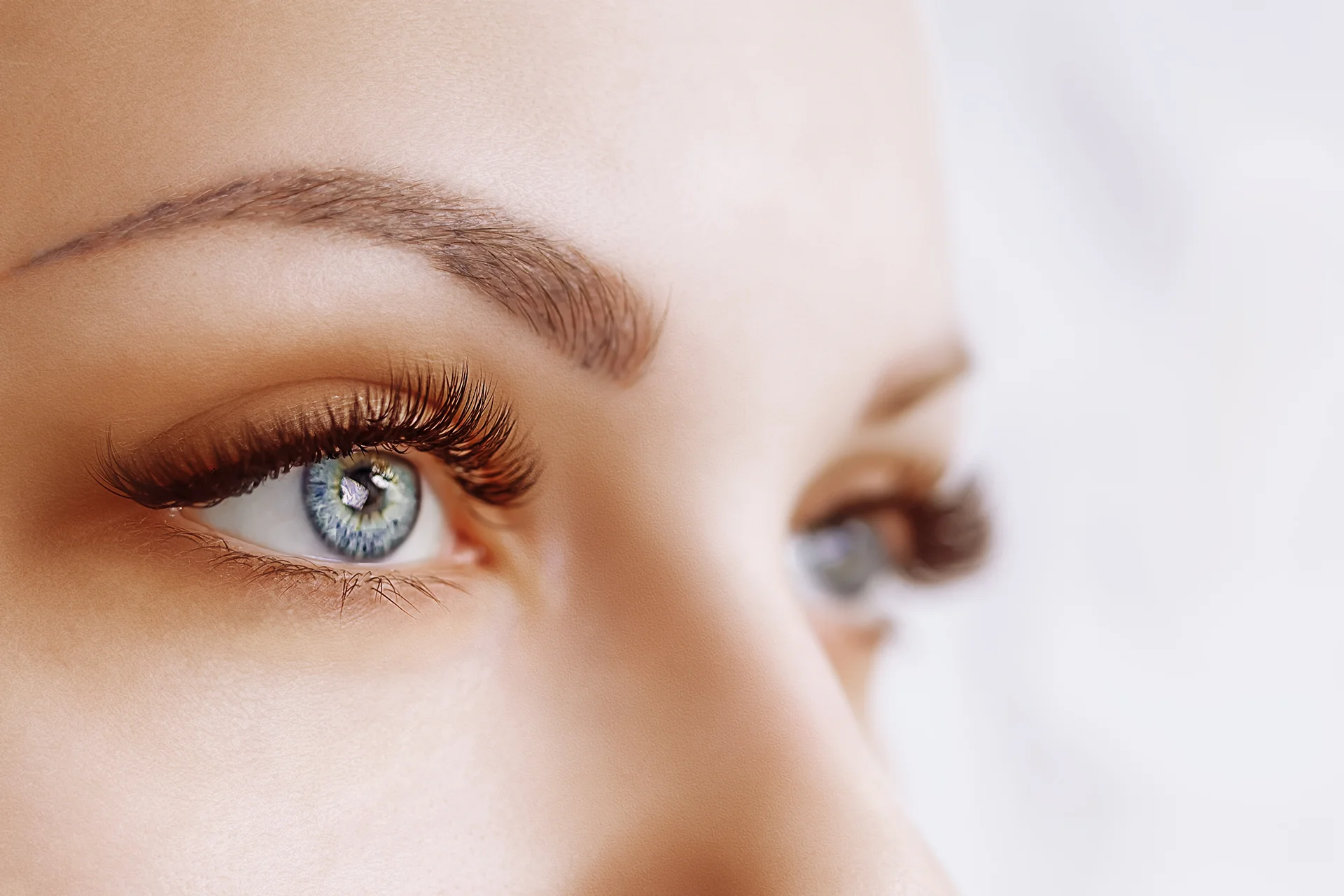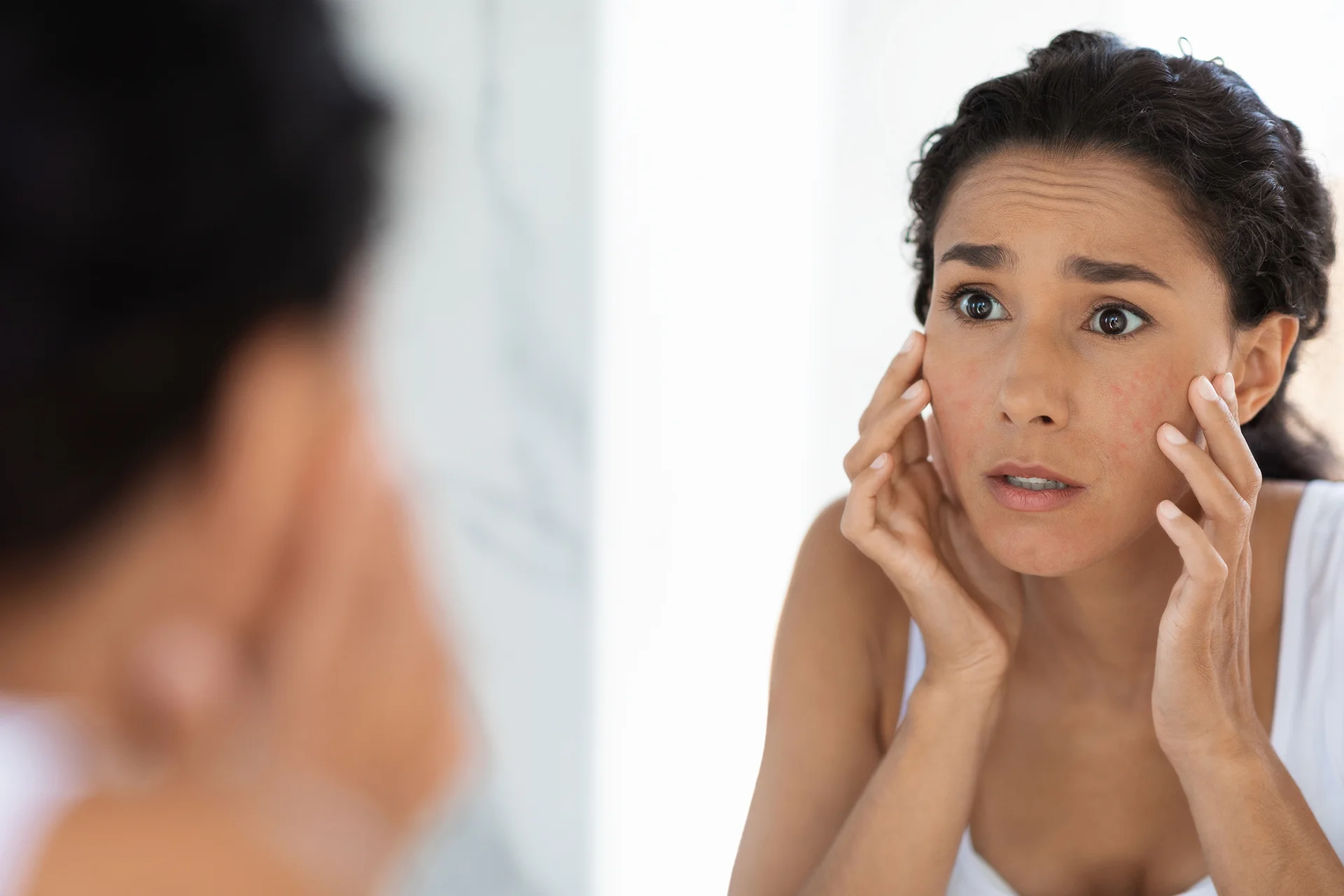Morpheus8 has emerged as a promising treatment option for addressing hyperpigmentation and evening out skin tone. However, proper patient selection, treatment approach, and post-procedure care are necessary to achieve optimal results. This guide covers everything you need to know about using Morpheus8 to treat different forms of hyperpigmentation.
What is Morpheus8?
Morpheus8 is a cutting-edge, non-invasive skin resurfacing treatment that uses radiofrequency microneedling technology. It is designed to address various skin concerns, including fine lines, wrinkles, acne scars, rough patches, stretch marks, and hyperpigmentation. The procedure is performed in-office, requires minimal downtime, and is often accompanied by light topical numbing cream for comfort.
What is Hyperpigmentation?
Hyperpigmentation is a common skin condition characterized by the darkening of certain areas of the skin, resulting in uneven skin tone and the appearance of dark spots. It can be caused by various factors, including sun exposure, hormonal changes, inflammation, and skin injuries.
Can Morpheus8 Help with Hyperpigmentation?
Morpheus8 has shown potential in addressing hyperpigmentation by delivering energy to the damaged superficial layers of the skin, helping to diminish hyperpigmented areas. The treatment targets the underlying causes of hyperpigmentation, such as sun damage and age spots, resulting in a more even-toned complexion.
Morpheus8 and Melasma: A Promising Treatment?
Melasma is a specific type of hyperpigmentation that is often caused by hormonal changes, such as pregnancy or birth control use. While Morpheus8 has been effective in treating various forms of hyperpigmentation, its effectiveness in treating melasma may vary depending on the individual and the severity of the condition.
Can Morpheus8 Cause Hyperpigmentation?
While Morpheus8 is generally considered a safe treatment, there have been reports of pigmentation, especially in darker skin tones, as a potential side effect. However, these instances are rare, and the overall risk of complications like hyperpigmentation, melasma, and sun sensitivity is relatively low.
Does Morpheus8 Help with Dark Spots?
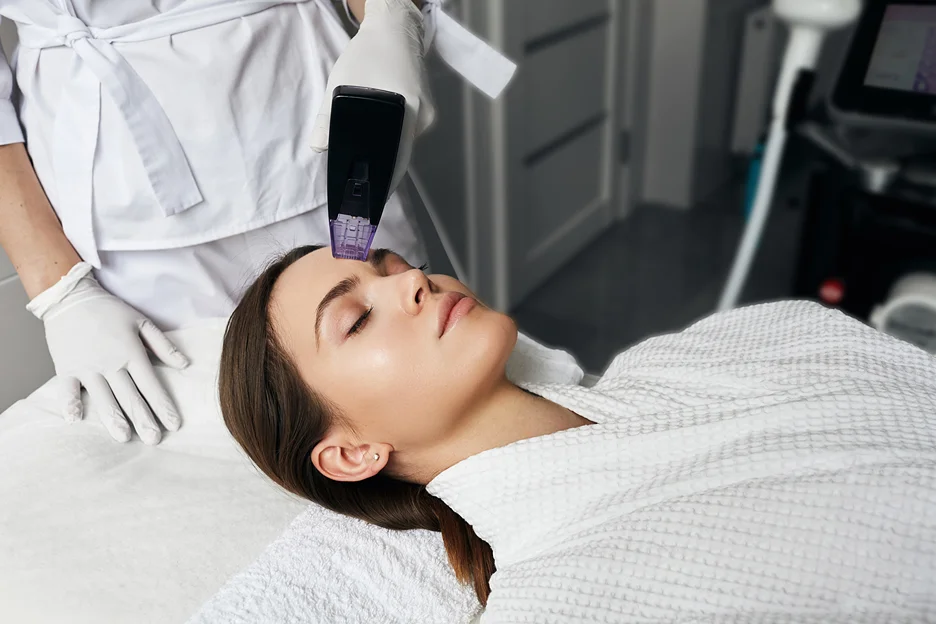
Yes, Morpheus8 can be used to target and reduce the appearance of dark spots, which are a common form of hyperpigmentation. The treatment works by delivering energy to the damaged superficial layers of the skin, helping to break up the excess melanin that causes dark spots.
Morpheus8 for Different Skin Types: Dark Skin Considerations
Morpheus8 is suitable for various skin types, including dark skin. However, there may be some considerations and precautions to take into account when treating dark skin to minimize the risk of complications, such as hyperpigmentation.
Morpheus8 vs. Other Hyperpigmentation Treatments
Compared to other treatments for hyperpigmentation, Morpheus8 offers several unique advantages. It is a non-invasive procedure that requires minimal downtime and can be customized to target specific areas of concern. However, it may not be as effective for severe cases of hyperpigmentation, and a combination of treatments may be necessary for optimal results.
What to Expect During a Morpheus8 Treatment for Hyperpigmentation?
- Preparation:
- Stop taking NSAIDs (non-steroidal inflammatory drugs) such as Aspirin and Ibuprofen two weeks prior to treatment.
- Avoid taking vitamin E, ginseng, and fish oil to reduce the risk of bruising and swelling.
- Discontinue using retinol, salicylic acids, tretinoins, and other topical products with “active” ingredients.
- Avoid smoking and/or consuming alcohol.
- Procedure:
- Morpheus8 is a two-in-one skin tightening device that combines microneedling and radiofrequency energy.
- The device has 24 coated microneedles that stimulate the skin’s healing response, increasing elastin and collagen production.
- The treatment targets the innermost layer of the skin to produce skin tightening, resurfacing, and anti-aging results.
- Post-Treatment Care:
- Immediately after the treatment, you may experience redness and a sensation similar to a moderate sunburn.
- Wash the treated area with a mild cleanser and lukewarm water two to three hours after the treatment.
- Avoid direct sun exposure and use a broad-spectrum sunscreen with SPF 30 or higher.
- Moisturize the treated area regularly to keep the skin hydrated.
- Avoid using retinol, salicylic acids, tretinoins, and other topical products with “active” ingredients until your skin has fully healed.
How Many Morpheus8 Sessions are Needed for Hyperpigmentation?
- The number of Morpheus8 sessions required to see noticeable improvements in hyperpigmentation can vary depending on the individual and the severity of the condition.
- On average, patients may need three to four sessions, spaced four to six weeks apart, to achieve optimal results.
- Your healthcare provider will assess your skin and recommend a treatment plan tailored to your specific needs.
Morpheus8 Post-Treatment Care for Hyperpigmentation
- Guidelines and Recommendations:
- Avoid picking or scratching the treated area to prevent scarring or infection.
- Do not use any exfoliating products or treatments until your skin has fully healed.
- Avoid hot showers, saunas, and steam rooms for at least 48 hours after the treatment.
- Do not apply makeup or other skincare products to the treated area for at least 24 hours.
- If you experience any unusual or severe side effects, contact your healthcare provider immediately.
Long-term Management of Hyperpigmentation with Morpheus8
After undergoing Morpheus8 treatment for hyperpigmentation, it’s essential to maintain the results achieved through proper skincare routines and lifestyle considerations. Here are some strategies to help you manage hyperpigmentation in the long term:
- Sun Protection: Sun exposure is a leading cause of hyperpigmentation, so it’s crucial to protect your skin from UV rays by wearing protective clothing and using a broad-spectrum sunscreen with an SPF of 30 or higher.
- Avoid Irritants: Avoid using skincare products that contain harsh chemicals or fragrances that can irritate the skin and trigger hyperpigmentation.
- Healthy Lifestyle: A healthy lifestyle that includes a balanced diet, regular exercise, and stress management can help improve overall skin health and reduce the risk of hyperpigmentation.
Can Morpheus8 Help Prevent Hyperpigmentation?
While Morpheus8 is primarily used to treat existing hyperpigmentation, it may also help prevent the development of hyperpigmentation in individuals with a predisposition to the condition. The treatment works by stimulating collagen production and promoting skin tightening, which can help prevent the formation of dark spots and other forms of hyperpigmentation.
Morpheus8 and Hyperpigmentation: Risks and Precautions
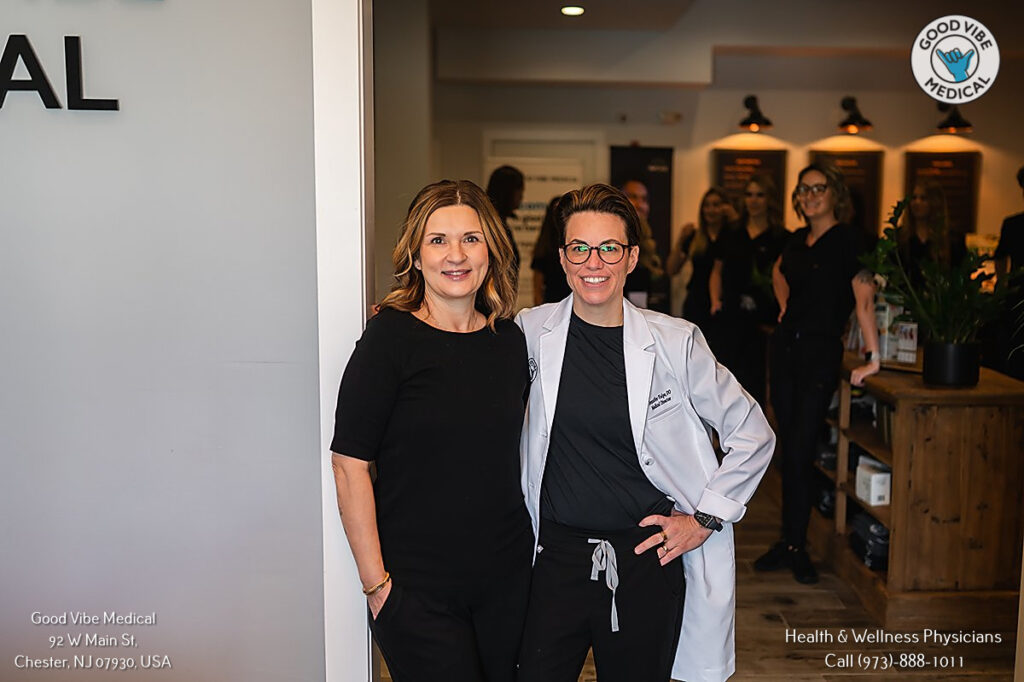
- Skin Sensitivity: Individuals with sensitive skin may experience redness, swelling, or other side effects after treatment.
- Hyperpigmentation: While rare, there have been reports of pigmentation, especially in darker skin tones, as a potential side effect of Morpheus8 treatment.
- Contraindications: Morpheus8 is not recommended for individuals with active skin infections, open wounds, or a history of keloid scarring.
- Consultation: It’s essential to consult with a qualified healthcare provider before undergoing Morpheus8 treatment to determine if it’s the right option for you and to discuss any potential risks or concerns.


